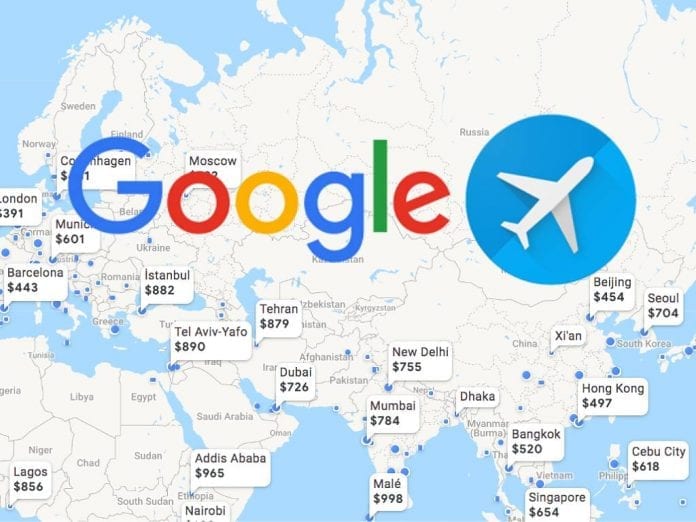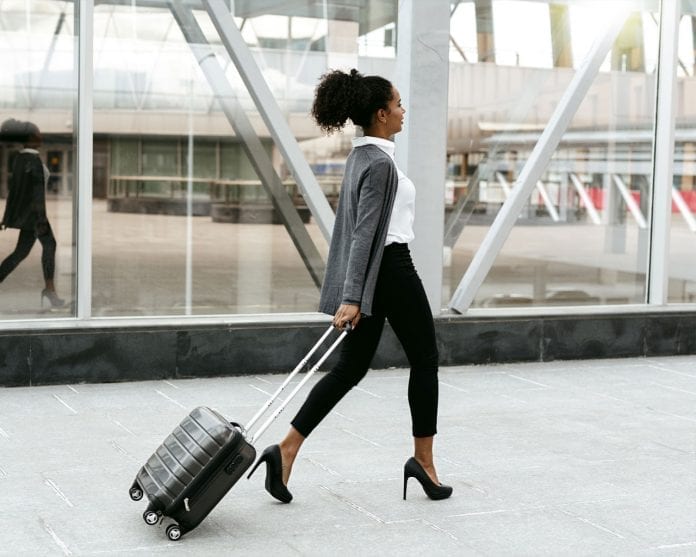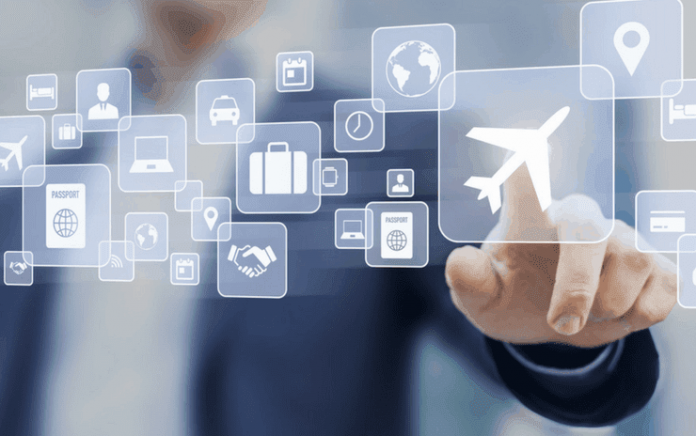There are several businesses, both large and small, that require travel as a part of their day-to-day operations. These companies range across various industries, with the responsibility falling on employees on different levels of the employment hierarchy.
Whether it is to make a sale, meet a client, or to attend an event, business travelers make up 12% of an airline’s passengers and represent 75% of the profit.
Recent events such as government shutdowns, the coronavirus pandemic, and protests and riots have disrupted the course of the travel industry as we know it. Still, even in the midst of such events businesses have continued to push on and travel has continued — for the most part.
In order to really understand the corporate travel industry today, including who it is composed of and what the future holds, we look at trends. In today’s blog, we’re going over the top corporate travel trends you should know. Once done, take a look at these travel tips to help make your corporate journey a smooth one.
1. Use of Corporate Travel Agencies

Booking travel for your business can be time-consuming, and with so many fares, routes, and different carriers out there, it’s hard to know if you are getting the best deal when it comes to your employees’ travel itineraries.
Enter corporate travel agencies, (AMEX GBT offers corporate travel services for example), which aim to make your life easier so you can focus on your actual job responsibilities instead of dealing with the logistics of how to get where and when.
Indeed, there are many benefits that come with including:
- Save time with more efficient booking options
- Save money by ensuring you are getting the best fares (they negotiate this)
- Around the clock support for your travel needs
- Reporting tools to help your company improve the way it travels
Corporate travel agencies work slightly differently than standard, run-of-the-mill travel agencies because they focus on the business niche. While travel agencies cater to creating trips specific to individuals, corporate travel agencies take a high-level approach to crafting itineraries that factor in corporate goals and accommodate multiple people at once. These agencies understand all the complex nuances that come with business travel and are experienced in this particular sector.
2. Digital Integration and New Technologies

As we continue to develop new technology, airlines are adding to their capabilities and upgrading their websites and apps, making it easier for users to do everything digitally. For instance, Google flights recently made finding accommodations more convenient by combining searches for hotels and home shares in one place, as well as providing research on when to get the lowest fares. Implementing tech into everyday tasks with less reliance on people is a trend in many industries, including travel.
Travel technology exists to help travelers navigate the world with real-time alerts, traveler tracking, and on-demand location information. Employers who adopt travel safety technology not only better shield themselves from legal repercussions but also establish employee safety as a priority. Expense reporting for employee travel is also poised to see a huge shift to more innovative, tech-focused practices.
These technologies make travel organizations much more streamlined across the board. Like modern project management, travel platforms like Travefy are designed to be collaborative and smart. For instance, when you type in a booking number into Travefy’s system, key details like check-in time, hotel phone number, and flight gates are automatically generated.
More hotels and other accommodations such as car services are using technology to enhance their customer experiences. Keyless entry, robots, digital check-ins, and apps such as Uber and Lyft make it easier than ever to get from point A to point B. You can even control such technologies through apps or virtual assistants like Alexa and Siri or through the use of a smartphone.
3. More Flight Routes
As airlines continue to grow and make a profit and cities develop into large centers for business, there is an increase in demand for more flight routes. Trends indicate major airlines have adjusted by adding more flight routes in order to meet this demand.
We can expect to continue seeing this upward trend in flight route numbers as more major cities sprout up. Jobs will become more prominent and more people will move to the city or surrounding areas, making it a desirable destination to travel to for business or leisure.
4. Emphasis on Bleisure

And in speaking of business and leisure — why not have both? For this next trend, we’re seeing an emphasis on “bleisure”, a business trip that leaves room for leisurely activities in between. Traveling can be very stressful in itself, and if an employee is dealing with missed or delayed flights, long plane rides, and lack of rest on top of their actual job duties, things can get exhausting.
Employers want their employees to be happy and as stress-free as possible while traveling. This ensures higher work performance and a lower turnaround rate. Thus, business travelers plan to extend more of their trips so they can spend a few days enjoying their destination
At the same time, airlines are also creating loyalty programs that attract both business travelers and independent travelers. For example, with the American Airlines Business Extra program, frequent fliers keep their own personal flier miles while still contributing to the company frequent flyer account. More businesses are understanding the fine line between business and pleasure, and catering to that experience from end to end. With high-end business lounges, better loyalty programs, and various on-board services, it’s not easier than ever to work, travel, and play.
5. More Women Traveling

Finally, the number of women traveling for business is rising. In the past most corporate travelers were men. Now, nearly half of all business travelers in the U.S. are women. This can be attributed to an increase in employment of women in higher positions in the workforce, which are usually the people who wind up traveling as opposed to more entry-level employees.









